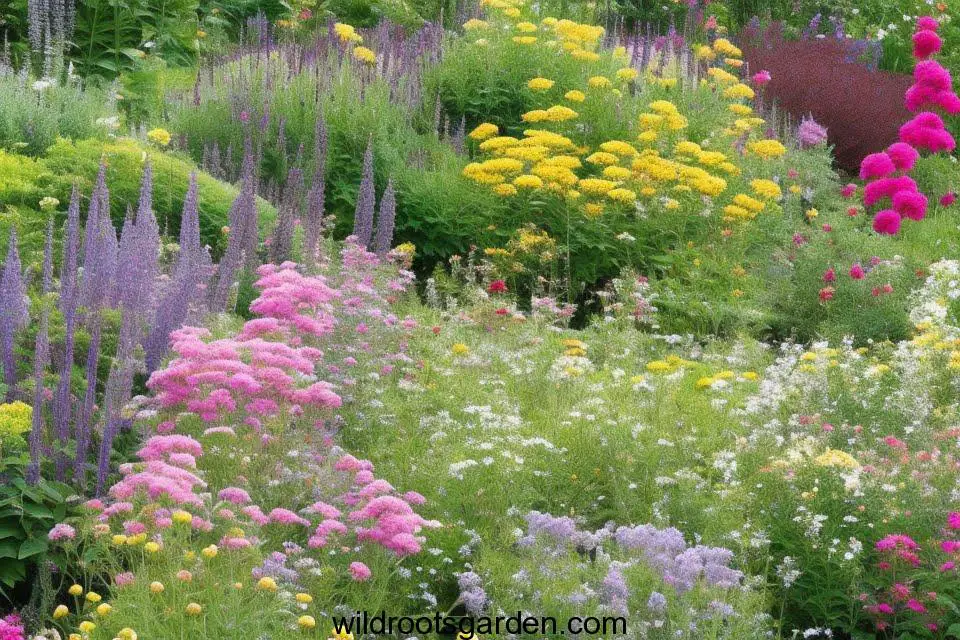When it comes to gardening, understanding the difference between annual and perennial plants is essential. Whether you’re a seasoned gardener or just starting out, knowing the characteristics and benefits of each type of plant can help you create a beautiful and thriving garden. In this article, we will delve into the dissimilarities between annual and perennial plants, shedding light on their growth patterns, lifespan, and popular examples.
1. Annual Plants: Adding Seasonal Flair
Annual plants excel in producing colorful blooms and finishing their life cycle in a single growing season. In the course of a year, they begin as seeds, develop, blossom, generate seeds, and finally perish. Annuals are frequently chosen by gardeners because of their capacity to fill in gaps and add bursts of color to the garden.
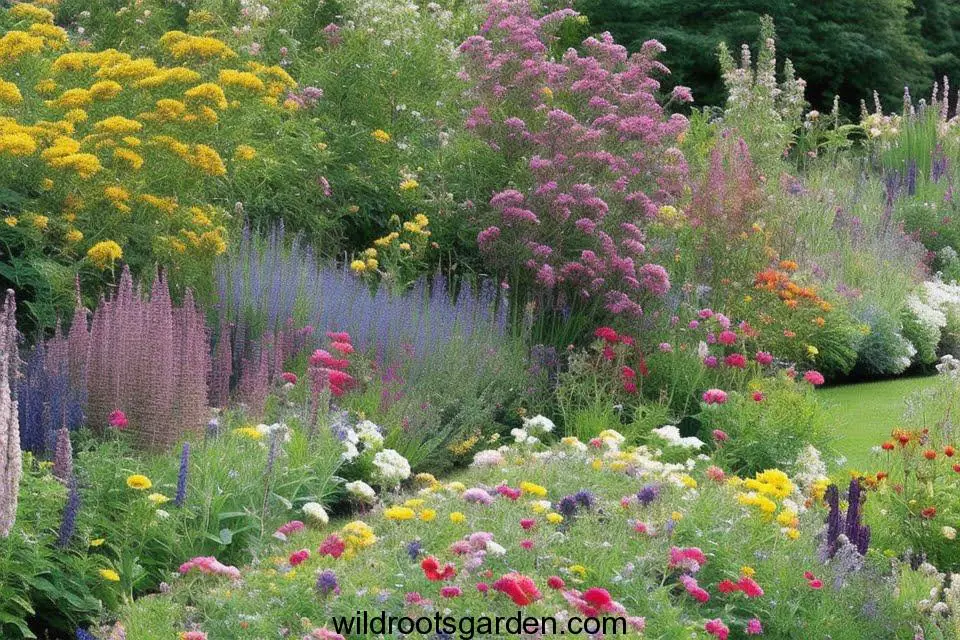
Characteristics of Annual Plants
Annuals have distinct characteristics that set them apart from perennials:
a) Lifespan: As mentioned earlier, annual plants have a relatively short lifespan of one year. They grow from seed, bloom, produce seeds, and wither away within a single growing season.
b) Fast Growth: Annuals tend to grow rapidly, quickly reaching their mature size and flowering stage. This rapid growth is ideal for gardeners seeking immediate results and a colorful garden.
c) Versatility: Annual plants offer a wide variety of options, ranging from flowers to vegetables and herbs. Their versatility allows gardeners to experiment with different plant combinations and arrangements.
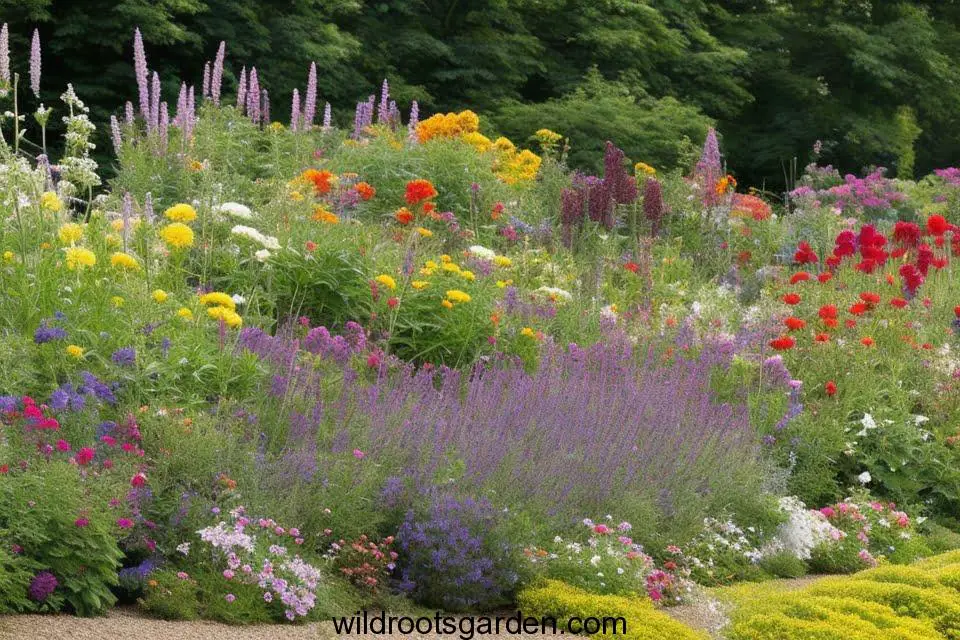
Popular Annual Plants
Here are a few examples of well-loved annual plants:
a) Marigolds (Tagetes): Marigolds are prized for their bright, cheerful flowers and pest-repellent properties. They come in various sizes and colors, making them a popular choice for borders and containers.
b) Petunias (Petunia spp.): Petunias are known for their abundant blossoms, which come in a myriad of shades. They are versatile and can be used as groundcovers, in hanging baskets, or in flower beds.
c) Zinnias (Zinnia elegans): Zinnias are adored for their long-lasting blooms and ability to attract butterflies. With their vibrant colors and multiple petal forms, they add a touch of whimsy to any garden.
2. Perennial Plants: Longevity and Reliability
Compared to annuals, perennial plants are more hardy and return year after year, providing your landscape stability and permanence. These plants usually get bigger and stronger with each passing year, and they live longer. They are typically employed to provide the groundwork for garden landscapes.
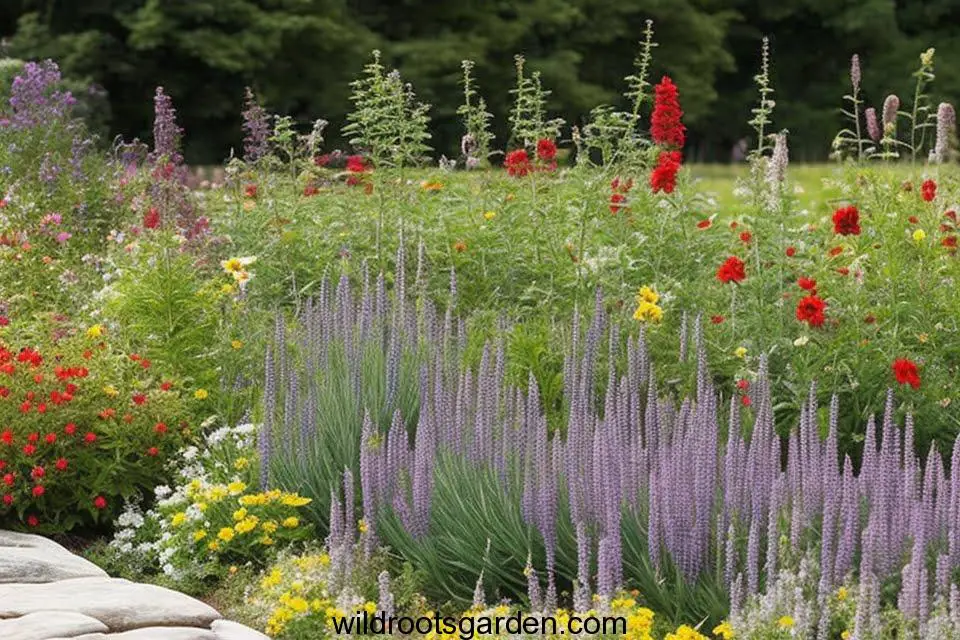
Characteristics of Perennial Plants
Understanding the characteristics of perennial plants can help you make informed decisions when planning your garden:
a) Longevity: Perennials can live for multiple years, and some can thrive for decades. Once established, they continue to grow and bloom year after year, often requiring less maintenance than annuals.
b) Slow Growth: Perennials generally have a slower growth rate compared to annuals. They take time to establish their root systems and reach their full potential. However, their patience pays off with long-term beauty and reliability.
c) Seasonal Blooms: While perennials have a longer lifespan, their blooming period is usually limited to a specific season. However, strategic selection and combination of different perennial species can provide a continuous display of blooms throughout the growing season.
Popular Perennial Plants
Let’s explore a few popular perennial plants that grace gardens with their enduring beauty:
a) Coneflowers (Echinacea): Coneflowers are well-known for their showy blooms and ability to attract pollinators. They come in various colors and heights, adding a splash of color to summer gardens.
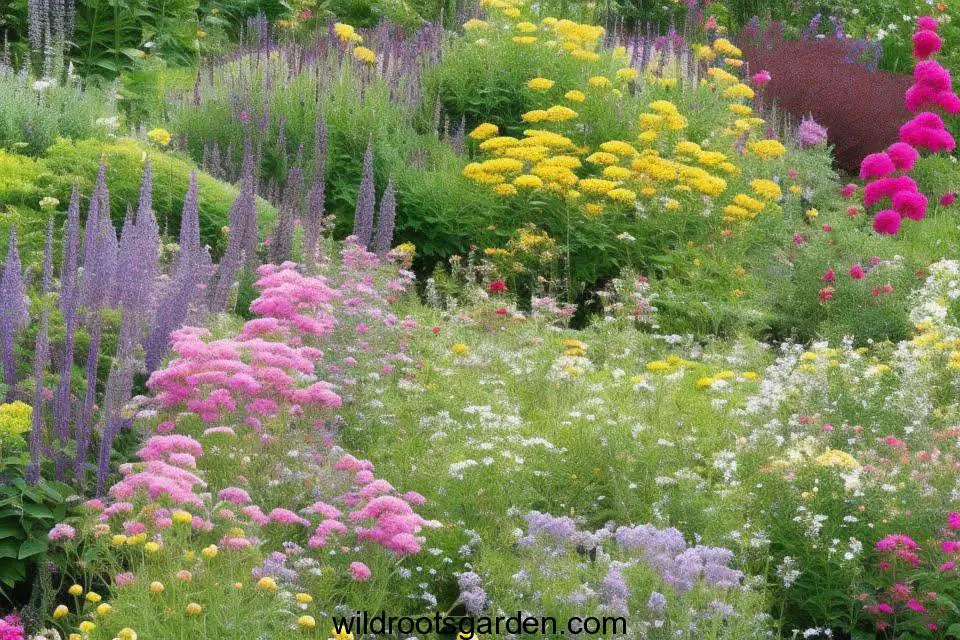
b) Hostas (Hosta spp.): Hostas are valued for their attractive foliage, which ranges from variegated to solid green or blue. They thrive in shade and are ideal for adding texture and depth to garden beds.
c) Daylilies (Hemerocallis): Daylilies are prized for their hardiness and abundance of blooms. These perennials come in a wide range of colors and thrive in various climates, making them a favorite among gardeners.
Conclusion
In conclusion, successful gardening depends on knowing the distinctions between annual and perennial plants. Annuals give vivacious color bursts that are ideal for adding seasonal flair, whilst perennials provide endurance, dependability, and a sense of permanence. A diverse and alluring garden that changes with the seasons can be made by combining a well-balanced mixture of annuals and perennials. In order to release your imagination and create a breathtaking outdoor refuge, put on your gardening gloves and begin exploring the world of plants.

